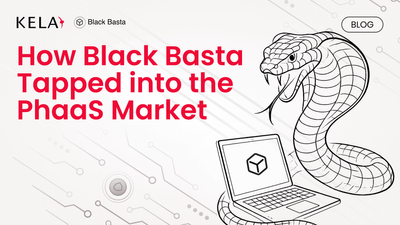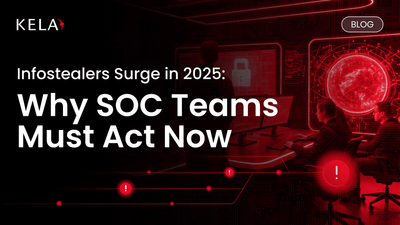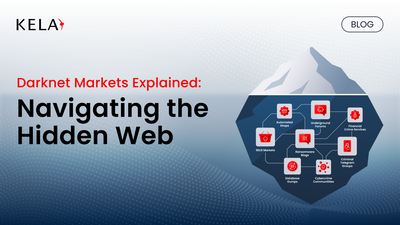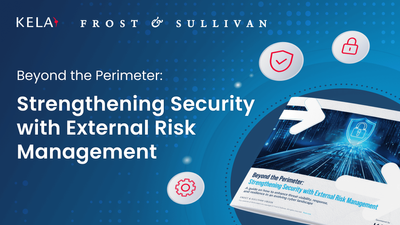Cyber Intelligence Hub
Reduce your cyber risk and enhance your security posture with our expert resources. We provide the intelligence and strategies you need to protect your organization from evolving cyber threats.
Cyber Security Report
Understanding the Infostealer Epidemic in 2025: Highlights from KELA’s 2025 ReportIn light of the growing threat posed by infostealer malware and the increasing volume of compromised credentials circulating on cybercrime platforms, KELA undertook an extensive investigation using itMay 5, 2025









